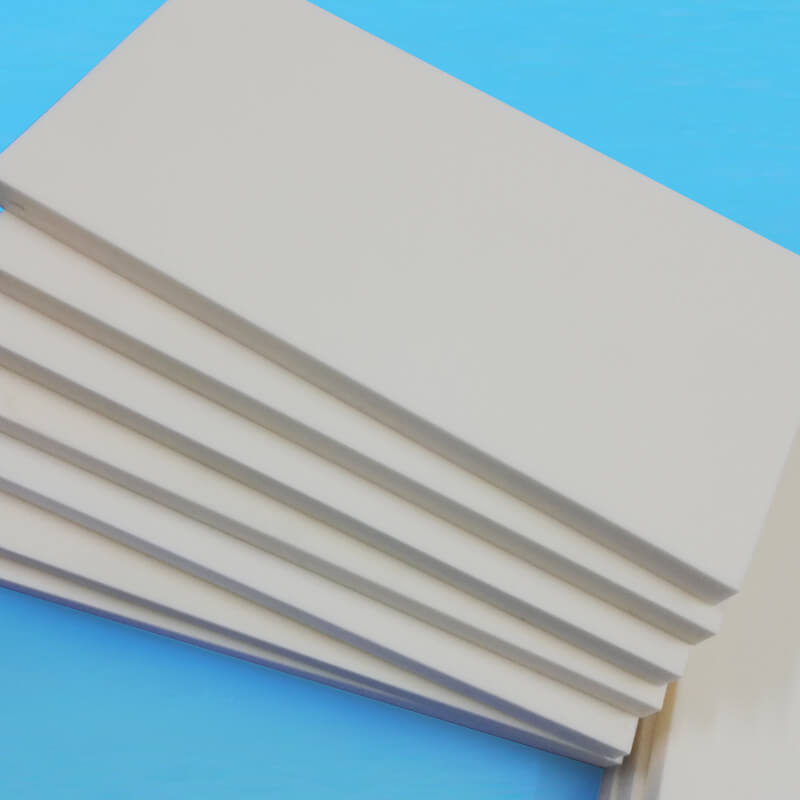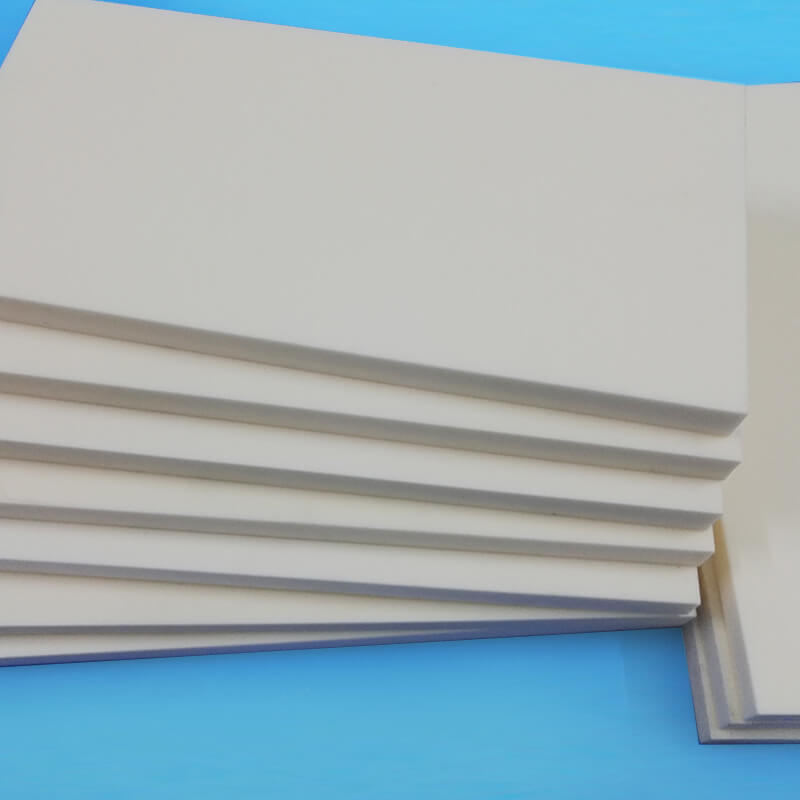Alumina Ceramic Substrate Specifications and Wear Resistance
Explore the wear resistance of ceramic plates, crucial in diverse applications. Learn about their ability to withstand abrasion and friction, with insights into ceramic wear testing methods and their significance in ceramic substrates.
E-mail:sales01@hkceramic.com
Note that ceramic materials can be wear-resistant and tough, but not exceptionally hard, whereas hard materials can be wear-resistant but not necessarily tough. In other words, wear resistance is not synonymous with a material’s toughness or hardness. Causes of wear can include adhesive wear, abrasive wear, surface fatigue wear, and corrosion wear.
The essence of ceramic plate wear testing or wear testing, in general, is typically to determine the ceramic material’s ability to withstand abrasion under specified conditions, and then use this data to determine the most effective applications for the material.
During wear resistance testing, certain factors are typically considered. These include inherent surface properties of the material such as hardness, strength, ductility, and work hardening. Additionally, other fundamental factors to note include surface finish, lubrication, load, speed, corrosion, and temperature, as well as relative surface characteristics.
Examples of wear-resistant ceramic materials include zirconia, silicon nitride, boron carbide, cubic boron nitride, alumina, silicon carbide, and others. Determining the wear resistance of ceramic materials is crucial for identifying their optimal applications in mechanical devices.
For instance, wear-resistant ceramics, such as the examples mentioned above, are widely used in grinding and polishing materials, structural components, wear-resistant coatings, lining for pipelines or equipment, etc. The choice of ceramic material directly impacts the safe operational lifespan of mechanical equipment and components.

Several methods can be used for wear testing of ceramic materials. Here are some detailed discussions of these methods:
- Taber Wear Taber wear testing is used to determine the wear resistance of materials and has also been applied to plastic materials. Wear resistance is defined as the ability of a material to withstand mechanical actions such as scratching, scrubbing, friction, or erosion. Abrasive wear is often difficult to compare, but changes in haze or weight loss are commonly evaluated.
- Micro Wear Techniques Micro wear techniques allow for easier study of surface wear compared to other methods. They can investigate surface wear phenomena at the topmost layer of materials while ensuring that the wear resistance of the studied material is not affected by the substrate. A study using micro wear techniques (with steel ball indentation) to determine the wear resistance of traditional ceramic materials indicated that this method is ideal for studying ceramic glaze wear performance. To adapt the testing to the materials used, each test condition affecting wear resistance was isolated while keeping other conditions constant. Variables studied included:
- Ball diameter and angular velocity
- Abrasive suspension feed rate and particle size
- Sample-ball contact angle and grooves on the support drive shaft
- Pin-on-Disk Wear Testing This is commonly used in tribological characterization techniques to estimate the friction coefficient and wear mechanisms of diamond films. Pin-on-disk testing can be used to characterize wear between two materials. It is a wear testing technique used to evaluate the performance of wear couples and to characterize the performance of different materials on standard surfaces.
- RCA Wear Testing RCA wear testing is another ceramic wear test used to test surfaces to determine wear resistance. This test is typically used for organically decorated surfaces, foils, etc., with paints or electroplating. It is also widely used as a standard for many silicone keyboards and membrane switches. RCA wear testing is also a standard in the automotive, appliance, mobile phone, plastic, and coating industries.
- Blade Block Wear Testing In blade block wear testing, an object, also known as a block, is articulated back and forth on a stationary sample (also known as a blade). The blade remains stationary while enduring a constant normal load. Examples of characteristics that this test can characterize include coating lifespan and friction coefficient.

